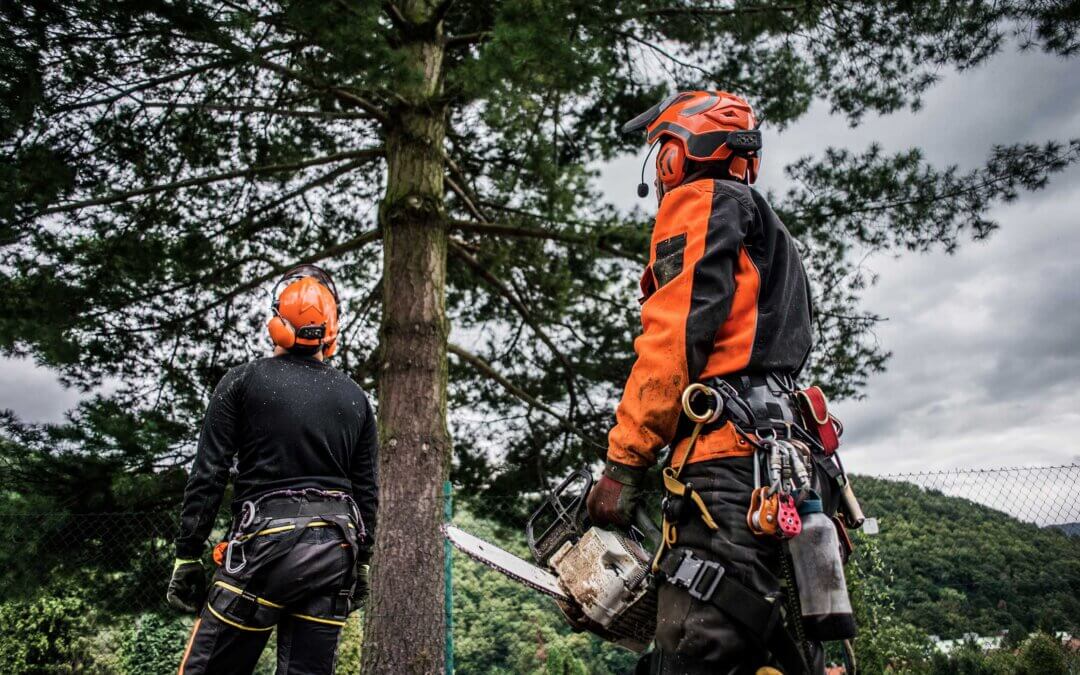Even if a tree has been newly planted in winter, there is no need to hesitate in pruning right away. This is actually the ideal time to shape the tree and achieve the desired height (known as formative pruning).
Another advantage of pruning deciduous trees in winter is the improved accessibility to the trees, minimal sap bleeding, and a clearer view of the branch structure before the spring foliage begins to emerge.
When is the best time to perform tree pruning to limit growth?
To restrain the growth of an unruly tree, it is necessary to carry out tree pruning in the summer months. To minimize stress on the tree, focus on removing only dead, diseased, damaged, or rubbing branches, while avoiding pruning any major scaffold branches. Over-pruning during summer can make your tree’s foliage vulnerable to sunburn damage.
New growth following summer pruning will be notably less vigorous compared to growth resulting from winter pruning. If summer tree pruning has already been performed, minimal pruning is required during winter.
When is the best time to perform tree pruning to maximise flowering?

Shaping a flowering or ornamental tree during its early years enhances its ability to produce flowers, reducing the need for extensive pruning afterward. Weeping trees, in particular, derive significant benefits from initial pruning, and it is recommended to strive for an umbrella shape when pruning these particular varieties.
When is the best time to prune to repair tree damage?
Trees are susceptible to various forms of damage. Visible signs of tree damage include collisions, lightning strikes, storms, infestations, and poorly executed previous pruning. However, trees can also sustain less apparent damage from drought, infections, chemical poisoning, or soil deficiencies.
If you suspect that your tree is damaged or unhealthy, it is advisable to have a professional promptly prune the affected area. Untreated wounds on trees increase the risk of infection and potential death, which may result in significant expenses for removal in the future.
When is the best time to perform tree pruning to improve safety?

Trees exhibiting signs such as potentially falling branches, interference with power lines or buildings, low-hanging limbs, or appearing leaning or dead pose risks to both individuals and nearby property.
Under no circumstances should you attempt to prune hazardous trees yourself!
Most individuals lack the necessary equipment and skills to safely and effectively prune such trees.
Even if you believe you are capable of safely pruning your trees, any incorrect pruning that later results in injury or losses to others may lead to insurance claims being denied, and you may be held liable for the damages.
If you suspect that a tree or certain parts of it may be structurally compromised, it is wise to seek professional tree advice and entrust the tree pruning or removal to experts.
Why should I use a tree pruning expert?
Before undertaking any tree pruning, it is essential to verify whether your plans might be subject to any legal restrictions.
Tree pruning is governed by numerous regulations, which vary based on the tree type, its location, and the scope of work you intend to perform. In certain cases, a formal application may need to be submitted to your local council before pruning a tree, particularly if it is situated on council-owned land or falls under a protection order.
The professionals at River City Trees are dedicated to ensuring that all your tree pruning activities are conducted safely and in compliance with local council regulations.
Need more help or advice?
Call Dave on 0418 427 904 to arrange a free quote

Cheery Chops Tree Solutions
